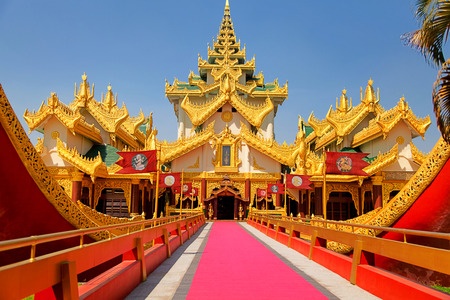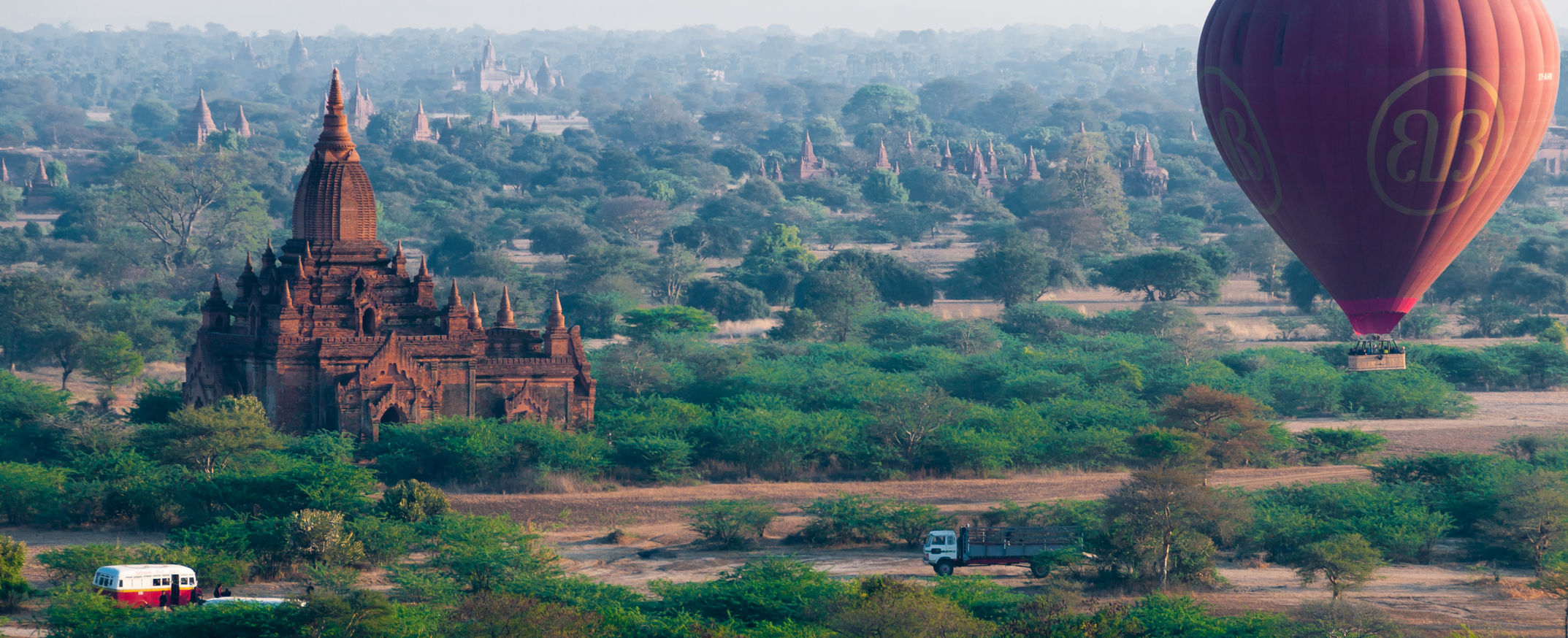6 July, 2017
Please click on the image to enlarge.
Myanmar’s gross domestic product of US$63.3 billion in 2015, is the third largest amongst its Mekong peers. While it still lags behind Thailand (US$391.2 billion) and Vietnam (US$194.8 billion), the Myanmar economy is larger than Cambodia (US$18.1 billion) and Laos (US$12.5 billion).
Myanmar outpaces its Mekong peers on growth, recording 18% compound annual growth rate (CAGR) over the last decade (2006 to 2015). It is ahead of Laos (17% CAGR), Vietnam (13% CAGR), Cambodia (11% CAGR) and Thailand (8% CAGR).
With a population of 53.89 million in 2015, it also ranks third amongst its Mekong peers, behind Vietnam (94.45 million) and Thailand (67.96 million). The country has an emerging and growing middle and affluent class population that is slated to nearly double from 5.3 million in 2012 to 10.3 million in 2020.
Life expectancy in the developing country is improving, with the average Myanmarese living to 66.66 years old. A further breakdown reveals, on average, the male population will live up to 64.6 years old while the country’s female population will live up to 68.5 years old.
Please click on the image to enlarge
Myanmar is endowed with Asia’s most strategic location, it borders Bangladesh, China, India, Laos and Thailand, and faces the Bay of Bengal. As a result of its strategic location, the developing country is a member of both ASEAN and Mekong-Ganga Cooperation.
Amongst its peers, Myanmar also has the largest land area of 653,080 km². As a developing economy, there is opportunity to unleash its agriculture potential once basic infrastructure like access to water and electricity are built for rural communities. In 2015, the United Nation’s Food and Agriculture Organisation estimates that only 18% of the country’s land is being farmed, with at least 5.7m hectares available for primary production that are not in use.
Myanmar’s November 2015 election was the first openly contested election in the country since 1990. The hotly contested election saw 91 political parties contesting for seats in the House of Nationalities (224), House of Representatives (440), State and Regional Hluttaws (850) and Ethnic Affairs Ministers (29). Aung San Suu Kyi’s political party, National League of Democracy won the 2015 election, making this the country’s political transition from a closely held military rule to a free democratic system that would position it for the future.
In November 2005, the then government moved Myanmar’s capital city from Yangon to Naypyidaw in a US$4 billion project.
Duane Morris & Selvam on drivers of the Myanmar economy
Myanmar’s infrastructure construction sector requires capital to accelerate its development as the government develops policies and regulations to attract foreign capital. Infrastructure is an important pillar to facilitate the developing country’s growth.
Myanmar’s main sources of power are hydropower and natural gas. In 2015, the World Bank reported⁸ that 84% of households in rural Myanmar do not have electricity connection and the government is working towards universal electricity access by 2030 or 7.2 million new connections.
Myanmar’s growth will also be driven by FDI that will replenish the economy with capital to build basic infrastructure that will grow the country’s middle and affluent class population. The Directorate of Investment and Company Administration introduced the Myanmar Investment Law which recently came into force in April 2017 is aimed at clarifying the country’s developing legal structure that governs domestic and foreign investments while offering incentives to attract foreign investments.
See our full Doing Business In Myanmar Report via this link. https://www.investingmyanmar.com






